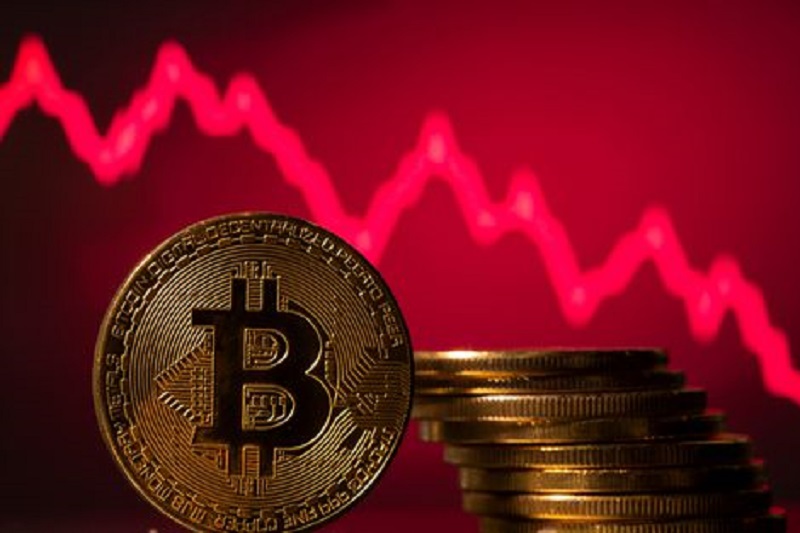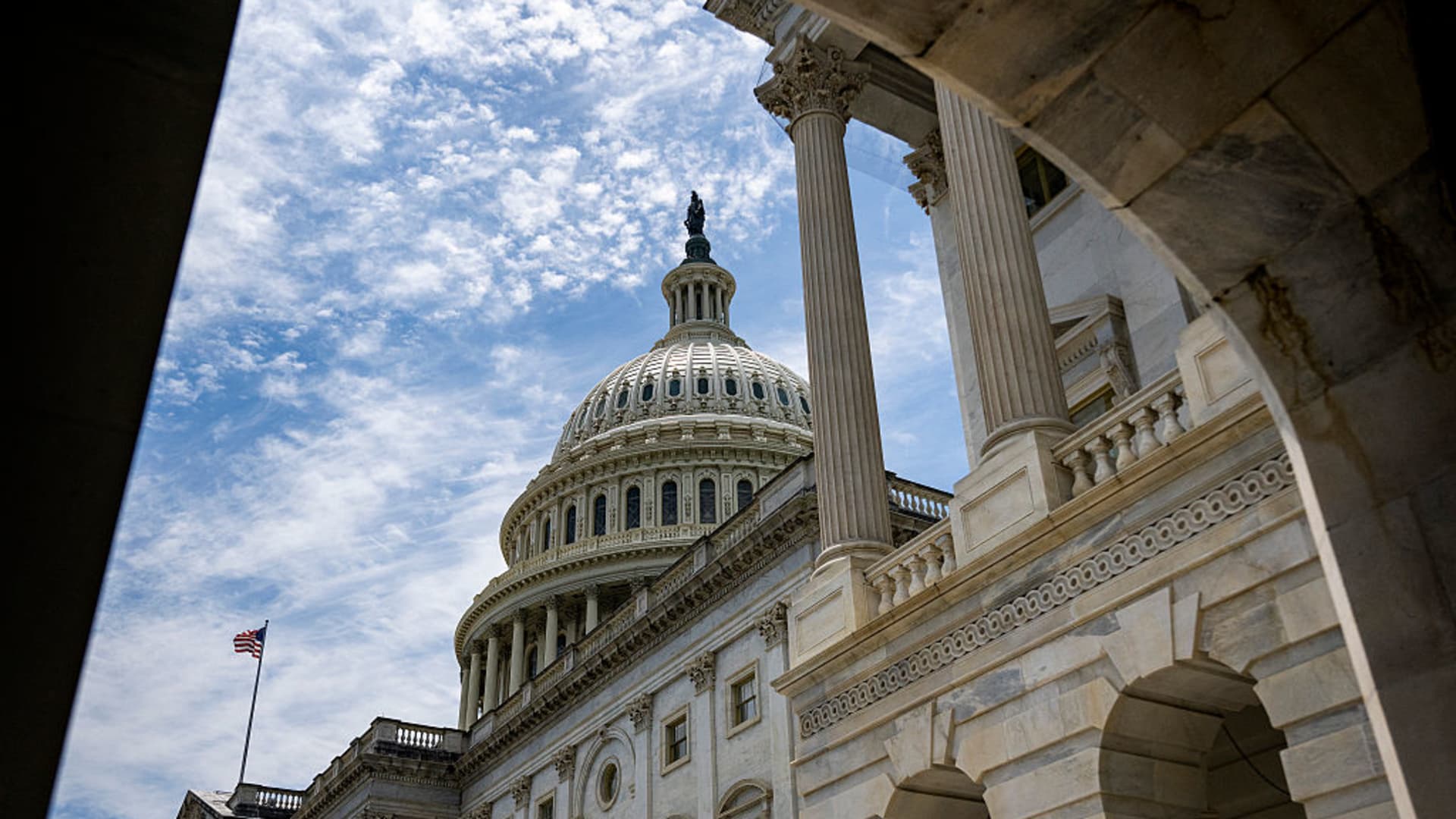A UPS worker sorts packages in New York on December 18, 2017.
Adam Jeffery | CNBC
Online spending increased 4.9% year over year, setting a record for e-commerce during the holiday season, as shoppers took advantage of discounts and opted to buy now, pay later to cover more of their purchases, according to Adobe Analytics.
Sales totaled $222.1 billion across retailer websites and apps between Nov. 1 and Dec. 31, according to Adobe.
Adobe data covers more than 1 billion visits to US retail websites, 100 million unique items, and 18 total product categories.
This year, more purchases than higher prices drove spending, Adobe said.
Prices have been falling in many product categories sold online, such as electronics. E-commerce prices have fallen for more than a year and were down 5.3% year over year in December, according to the Adobe Digital Price Index, which tracks online prices in 18 product categories. If Adobe adjusted for inflation, online consumer spending would have grown even more during the holiday season.
Heavy spending during critical season could bode well for Walmart, Amazon, Aim, Macy’s and other retailers, if they attracted a good chunk of those dollars. For most major retailers, fourth-quarter earnings season begins in February, and those reports will give a clearer picture of which companies favored gifters and party hosts.
However, strong online holiday sales may not mean consumers will spend freely in the new year. Some buyers may shell out more than they can afford during peak shopping season and could back out in the coming months as bills come due.
A reason for the big spending in November and December? Great discounts. Adobe found that discount levels hit record highs during the holiday season.
For example, discounts peaked at 31% off list price in the electronics category, compared to a peak of 25% during the 2022 holidays. Price cuts peaked at 24% for clothing, compared to a high of 19% during the holidays. in 2022.
Cyber Week, the five days between Thanksgiving and Cyber Monday known for their enticing deals, accounted for $38 billion of online holiday sales, or nearly one in every five dollars spent during November and December. Spending during the promotional period increased 7.8% year over year.
Buy now, pay later, a financing option that has become easier to use on retailers’ websites, it also proved more popular this holiday season. Payment plans, offered by companies such as Say and Klarna, allow shoppers to pay for items in smaller installments over time.
Buy now, pay later usage hit an all-time high and contributed $16.6 billion in online spending during the holiday season, Adobe found. That’s a 14% increase from the previous year’s holiday period.
Other holiday spending totals have also turned out to be more optimistic than expected. Retail sales during the holiday season, excluding auto sales, rose 3.1% in the United States year over year, according to preliminary data from Mastercard SpendingPulse. The company measures retail sales in stores and online across all payment types, and its totals are not adjusted for inflation.
In a news release, Mastercard Economics Institute Chief Economist Michelle Meyer credited a healthy labor market and lower inflation for giving consumers confidence to spend.
The company also found strong growth in online spending during November and December. Online retail sales rose 6.3% year over year compared to a 2.2% increase in in-store spending, according to Mastercard. But online shopping it is still a smaller portion of total vacation spending.
Don’t miss these CNBC PRO stories:









